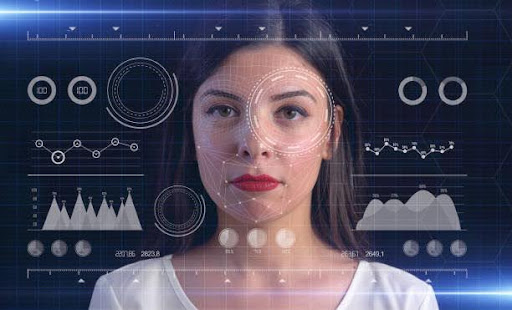In an era dominated by digital interactions, the need for robust authentication methods has become paramount. Traditional approaches, such as passwords and PINs, often fall short in terms of security and convenience. Enter face recognition technology, a cutting-edge solution that is reshaping the landscape of authentication. With its combination of accuracy, reliability, and user-friendly experience, face recognition is emerging as the go-to choice for secure and seamless authentication across various domains.
Table of Contents
The Evolution of Face Recognition
Face recognition technology has evolved significantly over the years, driven by advancements in artificial intelligence and computer vision. What was once a niche technology has now become mainstream, thanks to its ability to accurately identify individuals based on unique facial features. From smartphones and laptops to surveillance cameras and access control systems, face recognition is finding applications in diverse industries and use cases. Biometric spoofing is also common so we need to be careful.
Robust Security Features
One of the primary advantages of face recognition technology is its robust security features. Unlike passwords or PINs, which can be forgotten, shared, or stolen, facial biometrics provide a highly secure means of authentication. Face recognition systems analyze multiple facial characteristics to create a unique digital signature, making it extremely difficult for unauthorized users to gain access.
Moreover, face recognition technology incorporates sophisticated anti-spoofing measures to prevent fraudulent attempts. Advanced algorithms can distinguish between a live face and a static image, ensuring that only legitimate users are granted access. Additionally, face recognition systems continuously learn and adapt over time, further enhancing their accuracy and resilience to emerging threats.
Seamless User Experience
In addition to its security features, face recognition technology offers a seamless and user-friendly experience. With just a glance or a smile, users can quickly and effortlessly unlock their devices, access secure facilities, or authenticate transactions. This eliminates the need for cumbersome passwords or PINs, streamlining the authentication process and improving overall user satisfaction.
Furthermore, face recognition technology adapts to various environments and conditions, providing reliable performance in different lighting conditions or facial orientations. Whether indoors or outdoors, day or night, users can rely on face recognition to authenticate their identity with confidence and ease.
Also Read: 7 Strategic Ways to Secure Personal Data from a Stolen Phone
Applications Across Industries
The versatility of face recognition technology extends across various industries and applications. In the banking and finance sector, for example, financial institutions are leveraging face recognition for secure customer authentication and fraud prevention. Similarly, in healthcare settings, face recognition is being used to enhance patient identification and streamline access to medical records.
Moreover, face recognition technology is playing a vital role in public safety and law enforcement efforts. From surveillance cameras to border control checkpoints, facial recognition systems help authorities identify and track individuals in real time, enhancing security measures and improving response times to potential threats.
Ethical and Privacy Considerations
While face recognition technology offers numerous benefits, it also raises important ethical and privacy considerations. The collection and use of biometric data must be governed by strict privacy regulations and guidelines to protect individuals’ rights and ensure transparency and accountability. Organizations deploying face recognition systems must prioritize data security and implement robust safeguards to prevent misuse or unauthorized access.
Furthermore, there are concerns about the potential for bias and discrimination in face ID check algorithms, particularly about race, gender, and ethnicity. Developers must address these biases through rigorous testing, validation, and ongoing monitoring to ensure fairness and inclusivity in face recognition systems.
Embracing the Future of Authentication
As face recognition technology continues to evolve, we can expect to see further advancements in accuracy, reliability, and versatility. Ongoing research and innovation will drive the development of new techniques and algorithms, expanding the capabilities of face recognition systems and unlocking new applications and use cases. From enhancing security and convenience to improving accessibility and inclusivity, face recognition technology is poised to revolutionize the way we authenticate and interact with digital devices and services. However, it is essential to address ethical, privacy, and regulatory considerations to ensure that face recognition remains a trusted and responsible tool for secure and seamless authentication in the digital age.




